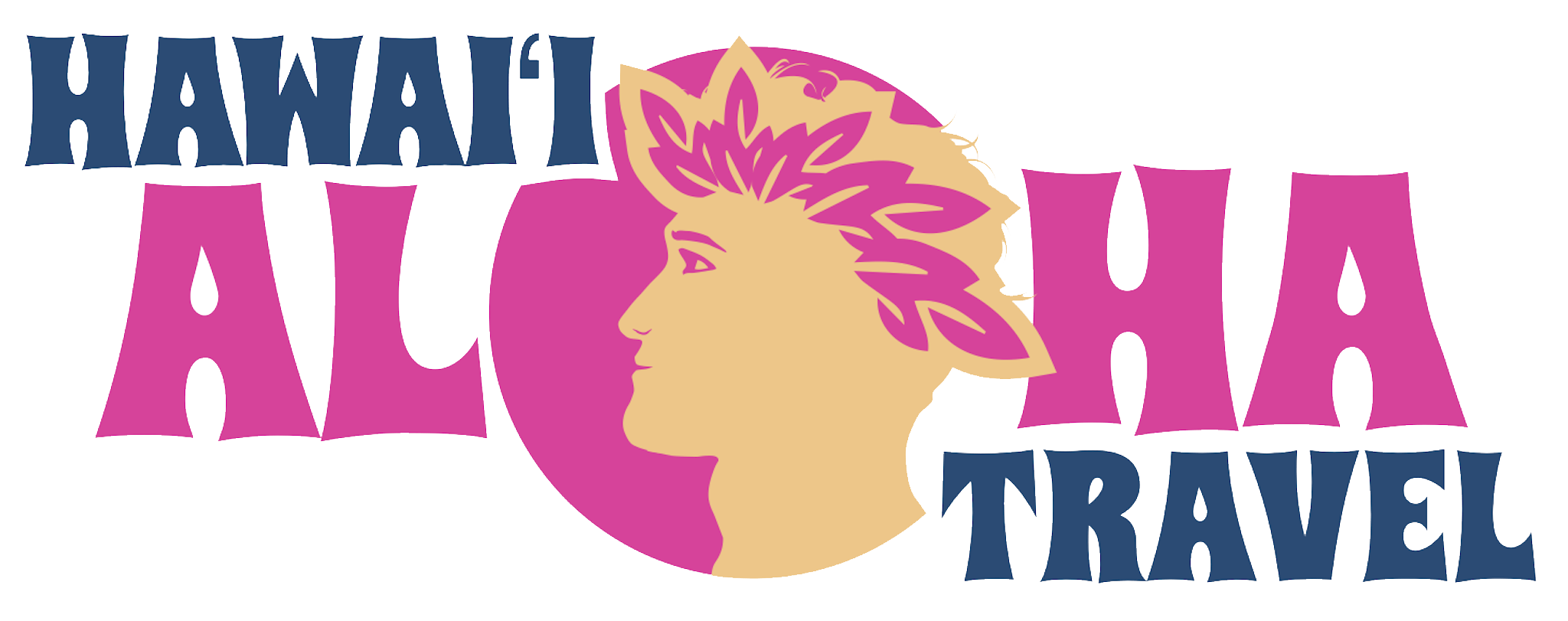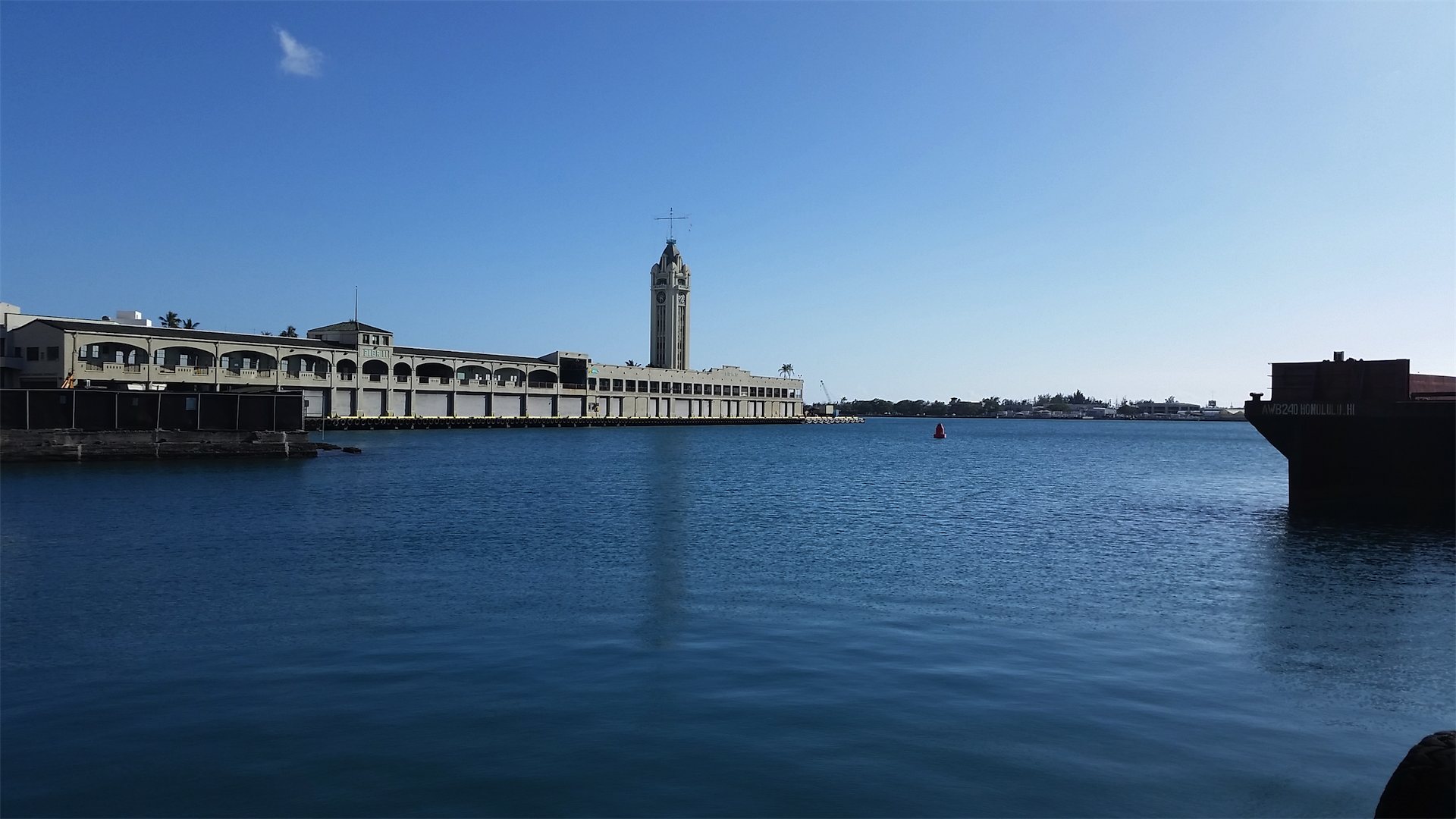The single most important landmark for Hawaii’s economy isn’t a tourist attraction. Not really, anyway. Aside from the cruise ships that disgorge wobbly passengers at Aloha Tower, Honolulu Harbor is Hawaii’s shipping center, a sort of belly button, or piko, that connects our state to the rest of the world. Because well over 80% of all goods in Hawaii are brought here by container ship, just about everything you purchase here comes off of a boat. Even the cargo that goes to the neighbor islands comes through Honolulu Harbor first, before being loaded onto barges dragged by dogged tugboats to harbors on the Big Island, Kauai, Maui, Molokai, and Lanai.
Honolulu Harbor has an illustrious history. The first British trading ship to enter Honolulu Harbor was the Butterworth, in 1793. The first whaling ship to enter the harbor was the Nantucket ship Maro in 1820. Captain Joseph Allen soon discovered the rich whaling grounds off of Japan, and the Hawaii’s whaling era was begun. By 1832, Honolulu Harbor was home port to 118 whaling ships. The city of Honolulu grew up around Honolulu Harbor, which remains a vibrant hub of international trade.
Nearby Alakea Street was named for the crushed white coral that it was originally paved with, when it served as an avenue for dockworkers to guide ships in to port at Honolulu Harbor using long ropes (alakea means “white road”).
As Honolulu Harbor is a working international port, it’s mostly just the quotidian nature of business as usual around the harbor, but there are a couple of attractions that merit a trip from Waikiki. Aloha Tower was completed in 1926, and at the time it was the tallest structure in Hawaii. It has welcomed cruise passengers since its opening. The clock in the tower was among the largest timepieces in the United States at the time of the tower’s completion (although Hawaii was yet to become a state). After a renovation in 1994, Aloha Tower is now home to restaurants and shops, although Hawaii Pacific University’s recent purchase of property there may see at least some of the area become waterfront student housing (not bad!).
A few miles north is Pier 38, where the Honolulu Fish Auction Takes place before dawn. Tours are available at the auction, but reservations must be made as the auction is a working (and vital) commercial operation. Unauthorized persons are not permitted without escort. But it’s worth the time and effort. The whole process is esoteric, with a variety of factors affecting the cost of fresh fish in Hawaii and elsewhere.
Nearby is Nico’s Pier 38, a large but comfortable restaurant on the waterfront with a wide selection of fresh catches that were purchased at the auction. Nico’s has live entertainment daily, and it has become a favorite stop for Oahu residents and savvy visitors keen on fresh seafood.
Honolulu Harbor is mostly a blue-collar work-a-day place that generally goes unnoticed by visitors. But with a little effort, its secrets and charms are open to anyone.




